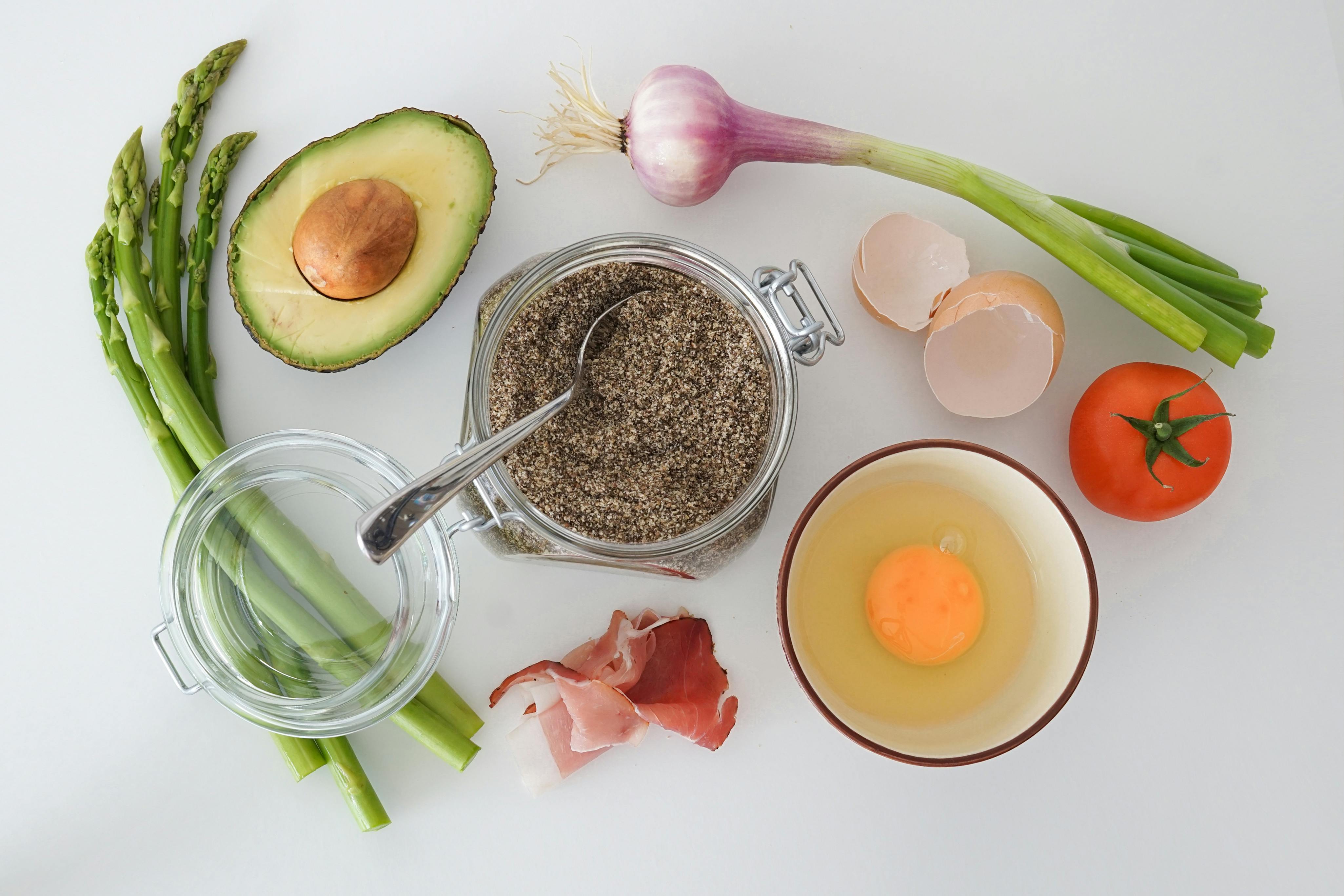
Apply Now


Effective Ways to Optimize Deer Diet in 2025 for Better Health
Deer have long been a staple of both natural ecosystems and agricultural landscapes, and understanding their dietary needs is vital for maintaining their health and ensuring their populations thrive. As we move into 2025, there's a growing emphasis on optimizing deer diets to enhance their health, ensure sustainable agricultural practices, and promote biodiversity. By focusing on deer nutritional requirements, we can create feeding strategies that align with their natural eating habits. The deer diet is intricately linked to their habitat and seasonal availability of food sources. Factors such as deer eating habits, preferred forage plants, and seasonal diet changes play critical roles in their overall health. This article explores effective strategies for optimizing deer diets, focusing on seasonal changes and best practices in forage management. Additionally, we'll highlight specific nutrition tips that can help deer thrive year-round. Key takeaways from this article include understanding deer feeding behaviors, identifying high-protein food sources, and utilizing effective deer forage management techniques to enhance their nutritional intake and availability throughout different seasons.Understanding Deer Nutrition Requirements for Health
Building on the importance of optimizing deer diets, it’s essential to understand the specific nutritional requirements that support healthy growth and development. Deer have distinct dietary needs that vary with their life stages, including fawns, adults, and during antler development.Essential Nutritional Elements for Deer
A balanced diet for deer includes proteins, carbohydrates, fats, vitamins, and minerals. Protein is crucial during growth periods and when preparing for antler growth. The levels of protein in their diet significantly influence antler size and overall health. Providing high protein deer food can help mitigate nutritional deficits. Haying is also an essential practice during the winter months. High-quality hay, when supplemented with deer pellets or other grains, can meet their energy and dietary needs. Incorporating deer vitamins and mineral supplements can enhance these essential nutrients, ensuring a well-rounded diet.Choosing the Best Plants for Deer
Utilizing native plants that deer prefer is vital for effective forage management. Key plants that provide nutritional value include clover, alfalfa, and chicory. These plants not only provide essential nutrients but also attract deer, making it easier to manage feeding patterns. Deciding on the right plants depends on the region and the seasonal changes. For instance, during fall, deer favor certain crops that are not as appealing in the summer months. Utilizing food plots and understanding deer feeding habits can enhance the success of these plants in providing vital nutrition.Seasonal Diet of Deer and Foraging Behavior
Deer foraging habits shift throughout the year based on food availability and seasonality. Understanding these changes helps optimize their diets and improve health. During spring, deer thrive on fresh greens, while in summer, they require high-energy food sources to prepare for the rutting season. In winter, the landscape can become challenging for deer as food availability decreases. Providing supplemental feed through feeding stations can ensure they receive adequate nutrition during these harsh months. Moreover, managing deer habitat by ensuring accessible forage can significantly impact their health and survival.Deer Feeding Strategies for Healthier Populations
With a solid understanding of deer nutritional needs and seasonal changes, the next step is implementing effective feeding strategies to promote healthier deer populations.Implementing Feeding Stations Effectively
Establishing feeding stations strategically positioned near deer habitats ensures a stable food source during critical times, particularly in winter. These stations allow deer to access high-quality feed without the competition from other wildlife, thereby reducing stress. Utilizing deer corn, pellets, or a grain mix with adequate protein levels can draw deer to feeding stations, enhancing their diet. Employing scent lures, such as deer attractants, may also encourage frequent visits.Managing Deer Habitat for Optimal Nutrition
Effective deer habitat management is crucial for ensuring sustainable populations. By enhancing native vegetation and creating food plots, the availability of quality forage can increase significantly. Collaborating with local wildlife management strategies can provide insights on creating optimal habitats specifically designed for healthy deer feeding. Dispelling crop damages caused by deer while maintaining a thriving population requires balancing agricultural and conservation efforts.Monitoring Nutritional Changes and Diet Adjustments
Regularly assessing deer health and evaluating dietary preferences through wildlife management techniques can help identify any nutritional deficiencies. By tracking deer feeding patterns and adapting strategies based on seasonal variations in food availability, land managers can significantly improve deer health outcomes. This includes mapping deer dietary habits to identify preferred food sources effectively and to respond appropriately with resources such as high-quality deer food sources.Tips to Maximize Deer Health and Nutrition
To further support optimal deer diets, there are several best practices and practical recommendations to consider.Creating Diverse Forage Options
Encouraging a variety of forage plants in deer habitats can greatly impact overall deer nutrition. This diversity ensures that during varying seasons, deer can find adequate food sources that meet their dietary needs. Incorporate species that thrive in the local ecosystem and provide a balanced nutrient profile. That includes locating shrubs and other plants in the surrounding areas that deer browse upon. Conducting research on local deer feeding behaviors can guide further plant preferences to include in your cultivation.Using Deer Food Supplements Wisely
While natural forage is the primary and best option for deer diets, there are instances where supplements like high-protein deer pellets are needed. Careful calculation of food ratios is essential to avoid over-supplementation that can lead to health issues. Moreover, seasonal use of these supplements ensures that the deer receive necessary nutrients when natural food sources might be lacking, particularly during winter months.Adapting Feeding Practices Based on Research
Continually staying informed by engaging with deer nutritional studies, like analyzing deer foraging behavior helps enhance feeding strategies. By understanding the ecological impact of different diets on deer behavior and health, better informed decisions can be made. This includes recognizing the importance of managing deer crowd competition and ensuring adequate food sources to support overall deer population health.
Conclusion: Sustaining Healthy Deer Populations
In conclusion, optimizing deer diets is crucial for promoting healthy deer populations in 2025 and beyond. Through understanding their dietary needs, seasonal preferences, and effective feeding strategies, we can create an environment that supports healthy foraging behavior and sustainable health management. By implementing these practices, we contribute not only to the well-being of deer but also to the broader ecological balance, demonstrating a commitment to wildlife conservation and habitat restoration.